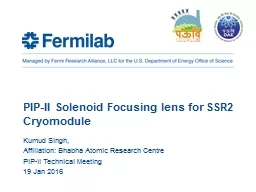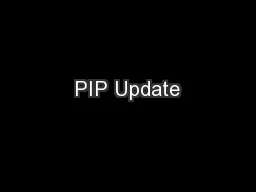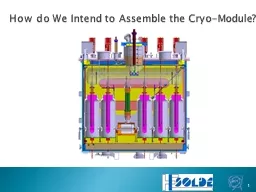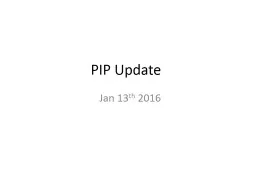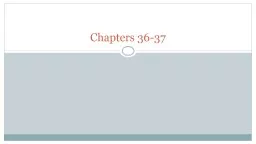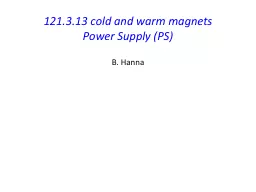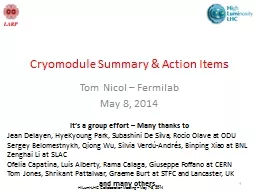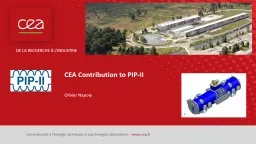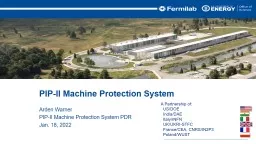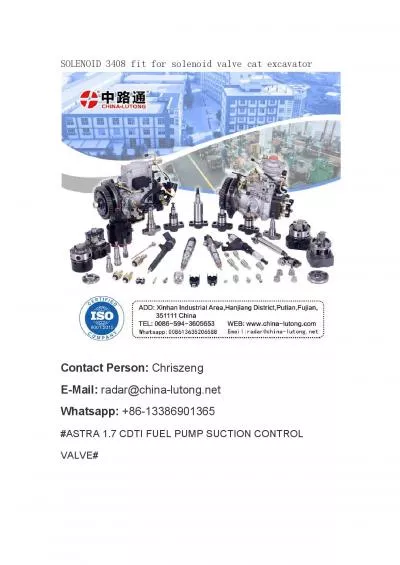PPT-PIP-II Solenoid Focusing lens for SSR2 Cryomodule
Author : stefany-barnette | Published Date : 2016-09-13
Kumud Singh Affiliation Bhabha Atomic Research Centre PIPII Technical Meeting 19 Jan 2016 Outline KSingh SSR2 Focusing Lens Design 2 01192016 Introduction EM design
Presentation Embed Code
Download Presentation
Download Presentation The PPT/PDF document "PIP-II Solenoid Focusing lens for SSR2 C..." is the property of its rightful owner. Permission is granted to download and print the materials on this website for personal, non-commercial use only, and to display it on your personal computer provided you do not modify the materials and that you retain all copyright notices contained in the materials. By downloading content from our website, you accept the terms of this agreement.
PIP-II Solenoid Focusing lens for SSR2 Cryomodule: Transcript
Download Rules Of Document
"PIP-II Solenoid Focusing lens for SSR2 Cryomodule"The content belongs to its owner. You may download and print it for personal use, without modification, and keep all copyright notices. By downloading, you agree to these terms.
Related Documents

